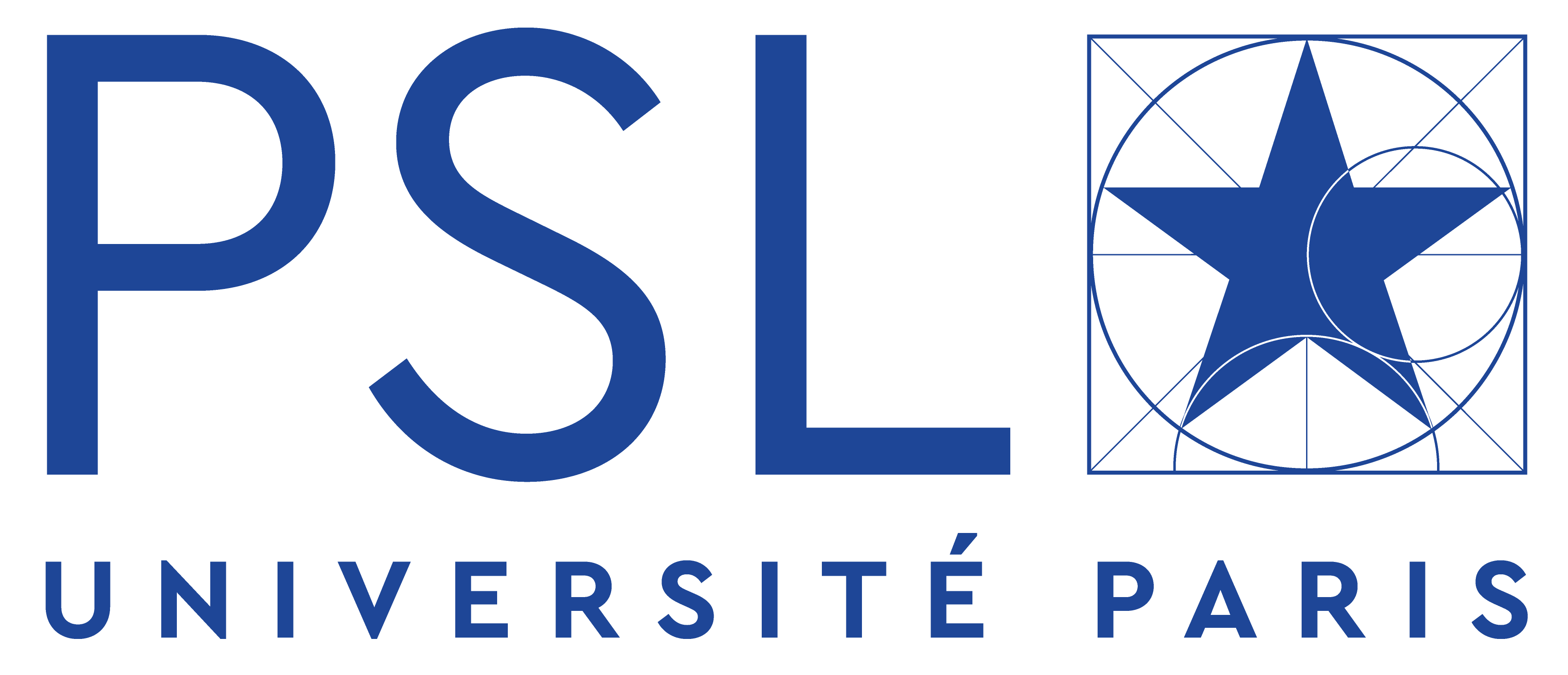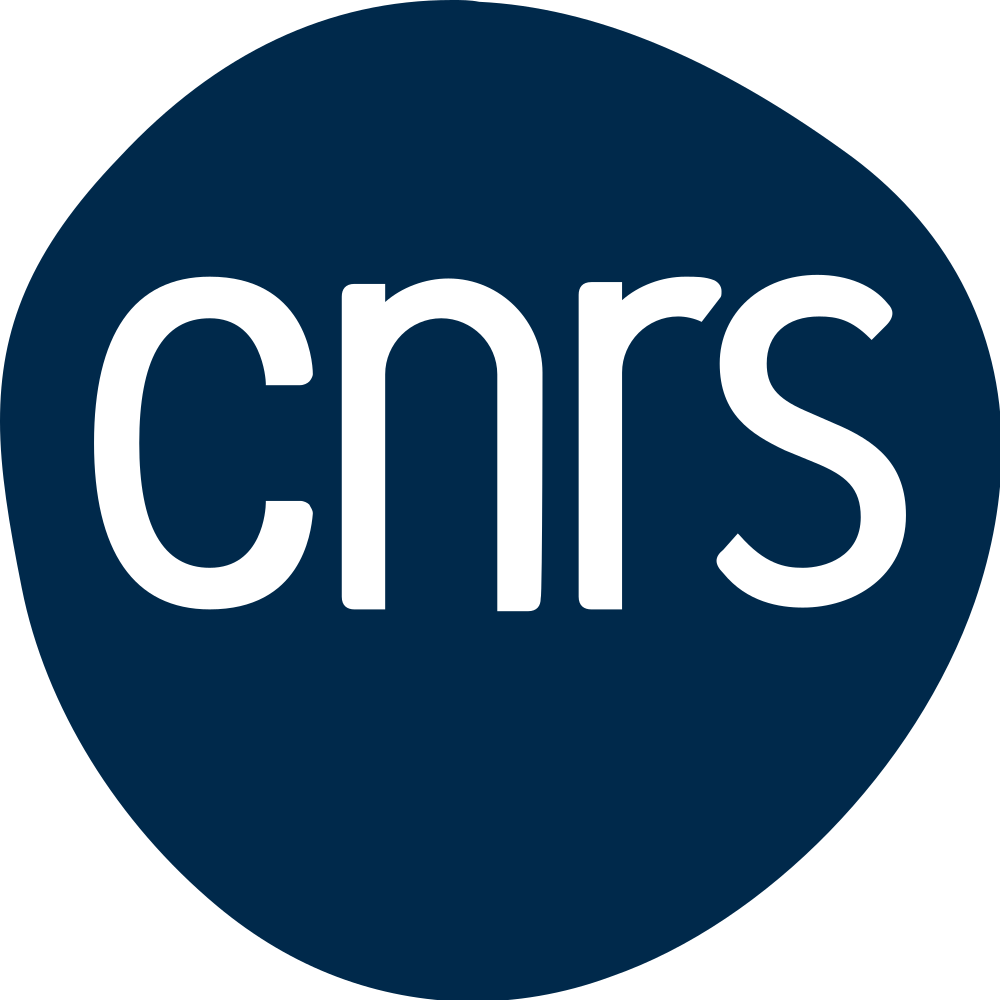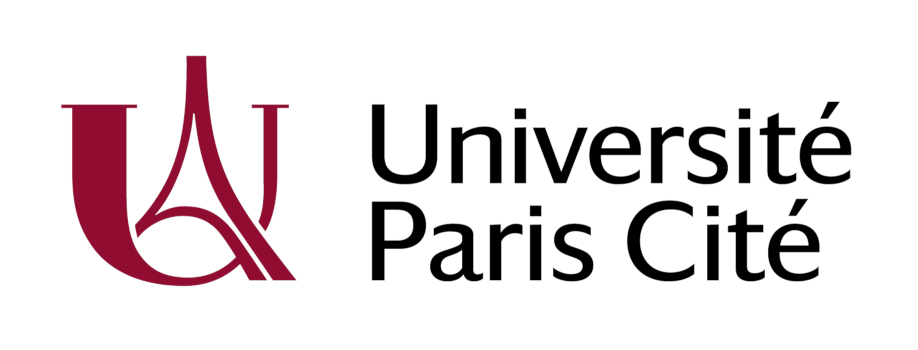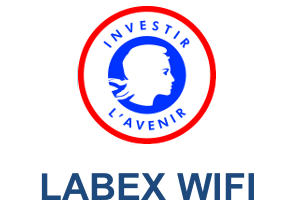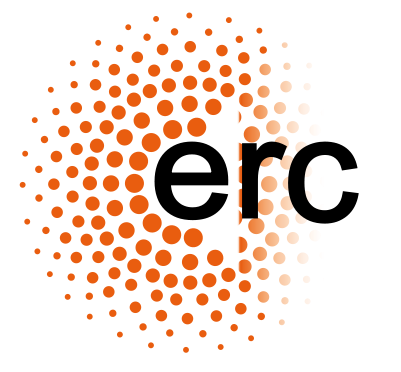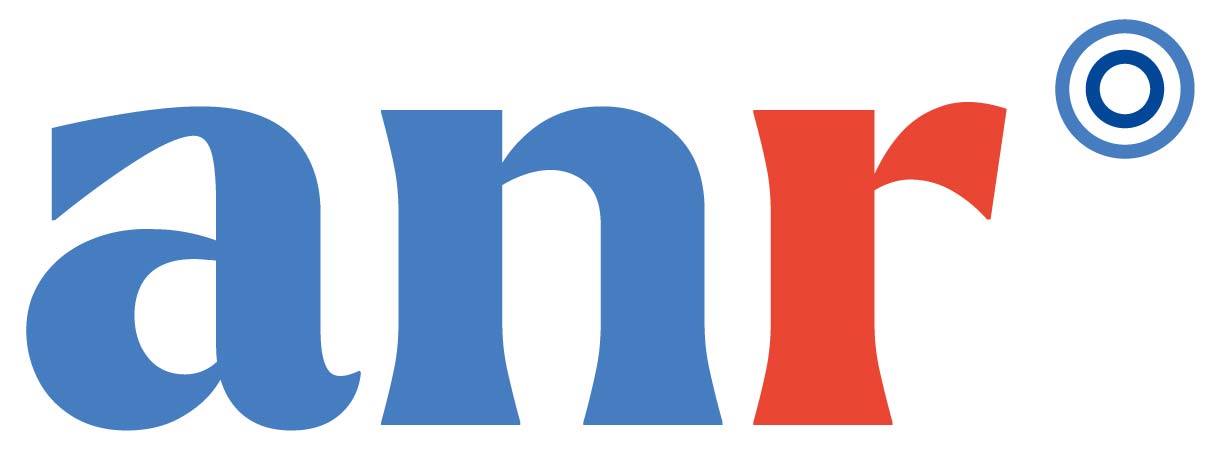Internship Context and Objectives :
Single-molecule tracking (SMT) inside the cell nucleus is a powerful approach to probe DNA repair mechanisms and transcription factor (TF) regulation at the nanoscale. A central limitation in high-NA objectives necessary for single-molecule microscopy is the short depth of focus (DoF), which causes tracked molecules to leave focus prematurely, shortening trajectories and biasing dynamic readouts.
This internship aims to extend the depth of focus in single-molecule localization microscopy (SMLM) and SMT without sacrificing photons by using a deformable mirror (DM) at a pupil-conjugate plane to implement smooth, phase-only masks. The goal is to achieve 2x-5x axial PSF extension with minimal lateral broadening so that single emitters remain observable for longer, enabling longer, less-biased SMT traces in the nucleus.
 Left, simulated point-spread function (PSF) with and without extended DoF. Right, Zernike polynomials that can be applied to a deformable mirror (DM).
Left, simulated point-spread function (PSF) with and without extended DoF. Right, Zernike polynomials that can be applied to a deformable mirror (DM).
Scientific approach :
• Engineer smooth, phase‑only masks on a pupil‑conjugate deformable mirror (log‑asphere, spherical‑blend, soft axicon).
• Target 2x-5x axial DoF with ≤ 1.5× lateral FWHM and 100% photon throughput.
• Calibrate with bead stacks to build an empirical PSF‑vs‑z model for localization/tracking.
• Apply in nuclear SMT and quantify gains in track length and z‑robustness over standard PSFs.
Intern tasks :
• Design & simulation : propose 2–3 DM mask candidates achieving 2×–5× DoF under lateral‑blur constraints.
• Implementation : deploy masks on the microscope DM (pupil‑plane alignment, closed‑loop fitting).
• Calibration : acquire bead stacks ; derive PSF model and CRLB/localization metrics.
• Experiments : perform nuclear SMT and matched reference recordings (astigmatic/standard).
• Analysis and deliverables : quantify trajectory gains (length, residence, diffusion states) ; release code + short report.
Candidate profile :
• Master 2 in physics/optics/biophysics/applied math or related field.
• Required : foundations in Fourier optics and microscopy ; proficiency in Python or MATLAB for simulation/data analysis.
• Desirable : experience with SMLM/SMT, adaptive optics or DM control, wavefront sensing, single‑molecule data processing, and basic cell handling.
Contact :
Supervisors : Ignacio Izeddin (![]() ) and Clément Cabriel (
) and Clément Cabriel (![]() )
)
Institut Langevin, ESPCI Paris, CNRS, Université PSL, 1 rue Jussieu, 75005 Paris



